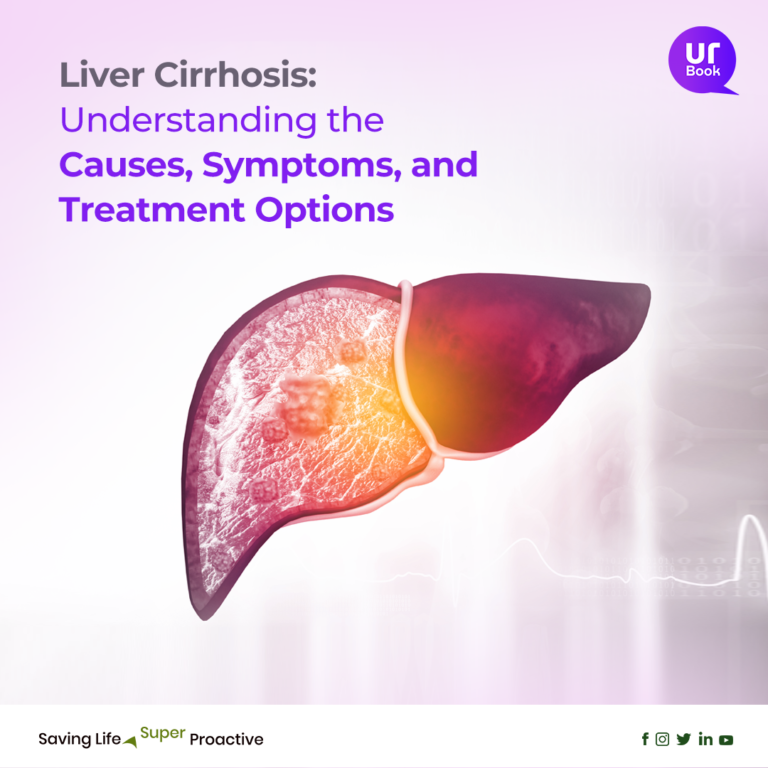
Listen to the first few refrains of this, and we bet you will recognise the music. It’s Symphony No. 5, one of the best-known works by Ludwig van Beethoven, an artist who died of a liver “beset with bean-sized knots,” the hallmark of liver cirrhosis.
A serious and frightening condition, cirrhosis is a silent killer. It rarely shows warning symptoms. And yet it affects millions worldwide.
The last stage of liver disease, in cirrhosis the organ becomes so scarred and badly damaged that it stops functioning over time.
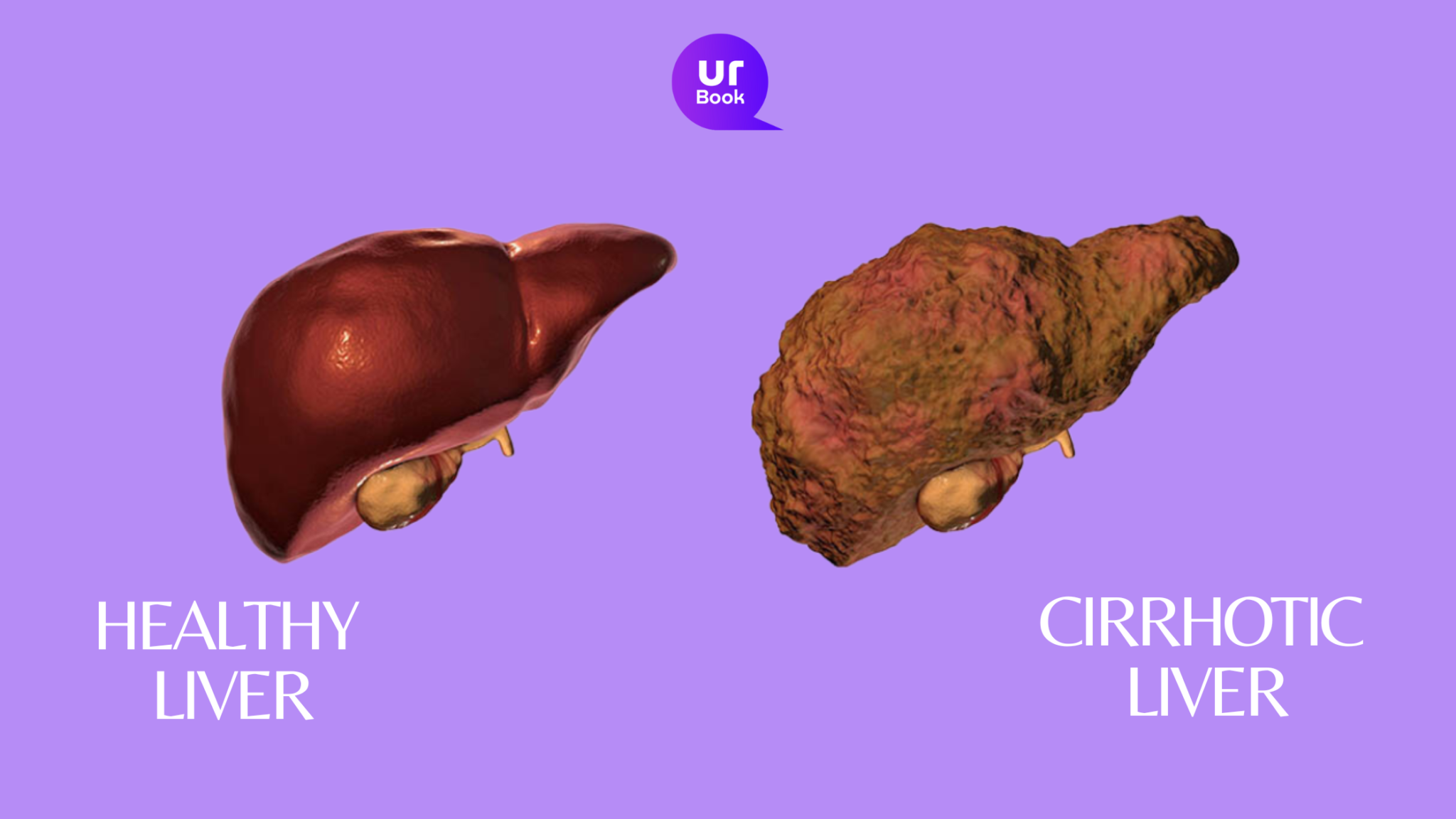
From alcohol to autoimmune disease: what causes liver cirrhosis?
Excessive alcohol consumption and hepatitis are the two most common causes of liver cirrhosis. Long-term heavy drinking damages liver cells, which causes scarring. While Hepatitis B and C cause inflammation, again resulting in liver damage and scarring.
However, there are other causes of cirrhosis.
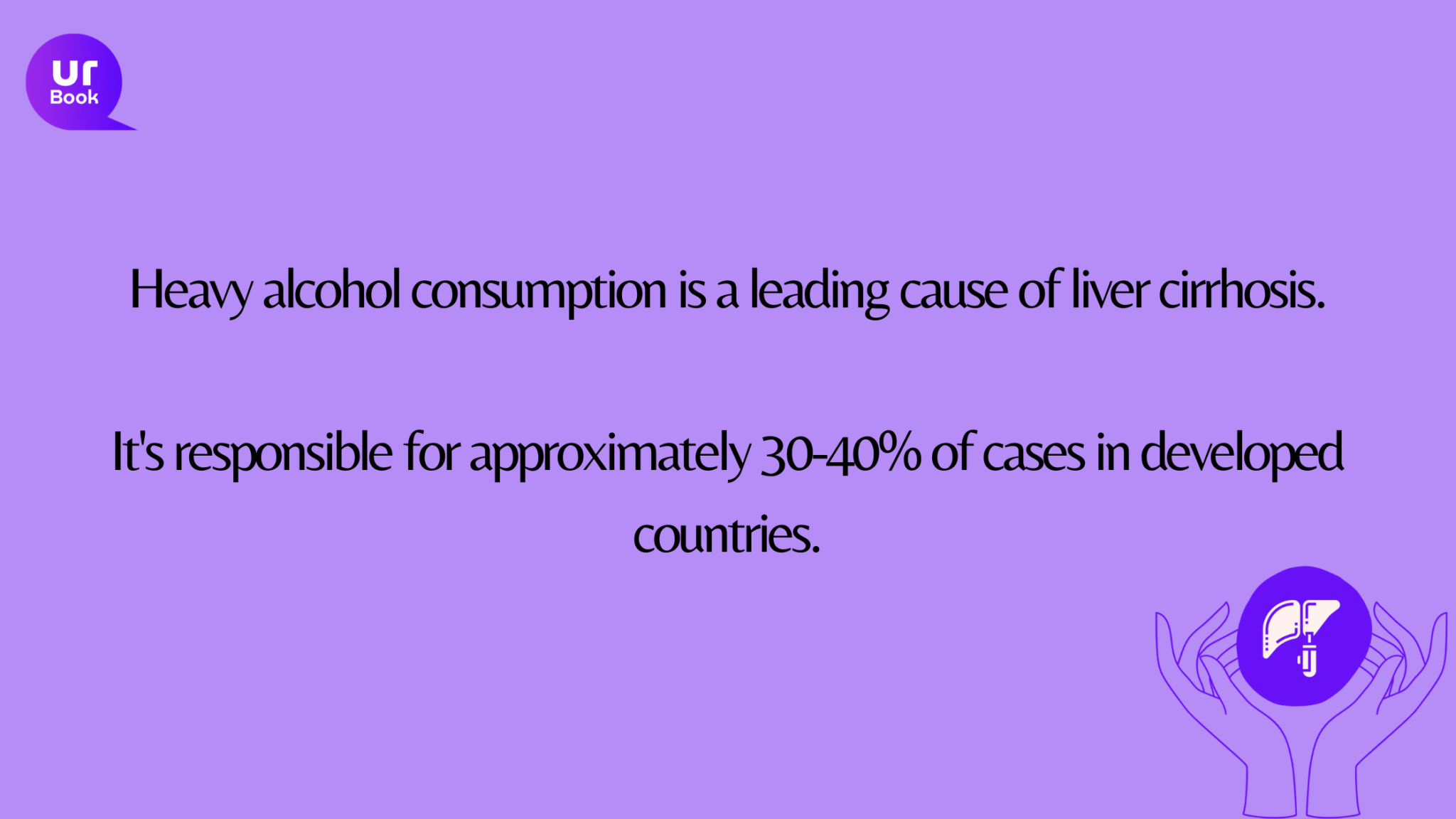
1. Fatty liver disease
We’ve spoken about fatty liver, or NAFLD, in detail befor e. But, in a nutshell, it’s the build-up of fat in the liver. When left unchecked and untreated, it can turn into cirrhosis.
2. Autoimmune and genetic diseases
Certain autoimmune diseases, such as autoimmune hepatitis, can lead to liver cirrhosis. In rare cases, genetic diseases such as Wilson’s disease or haemochromatosis (a condition where iron builds up in the liver) can also cause scarring and damage to the liver.
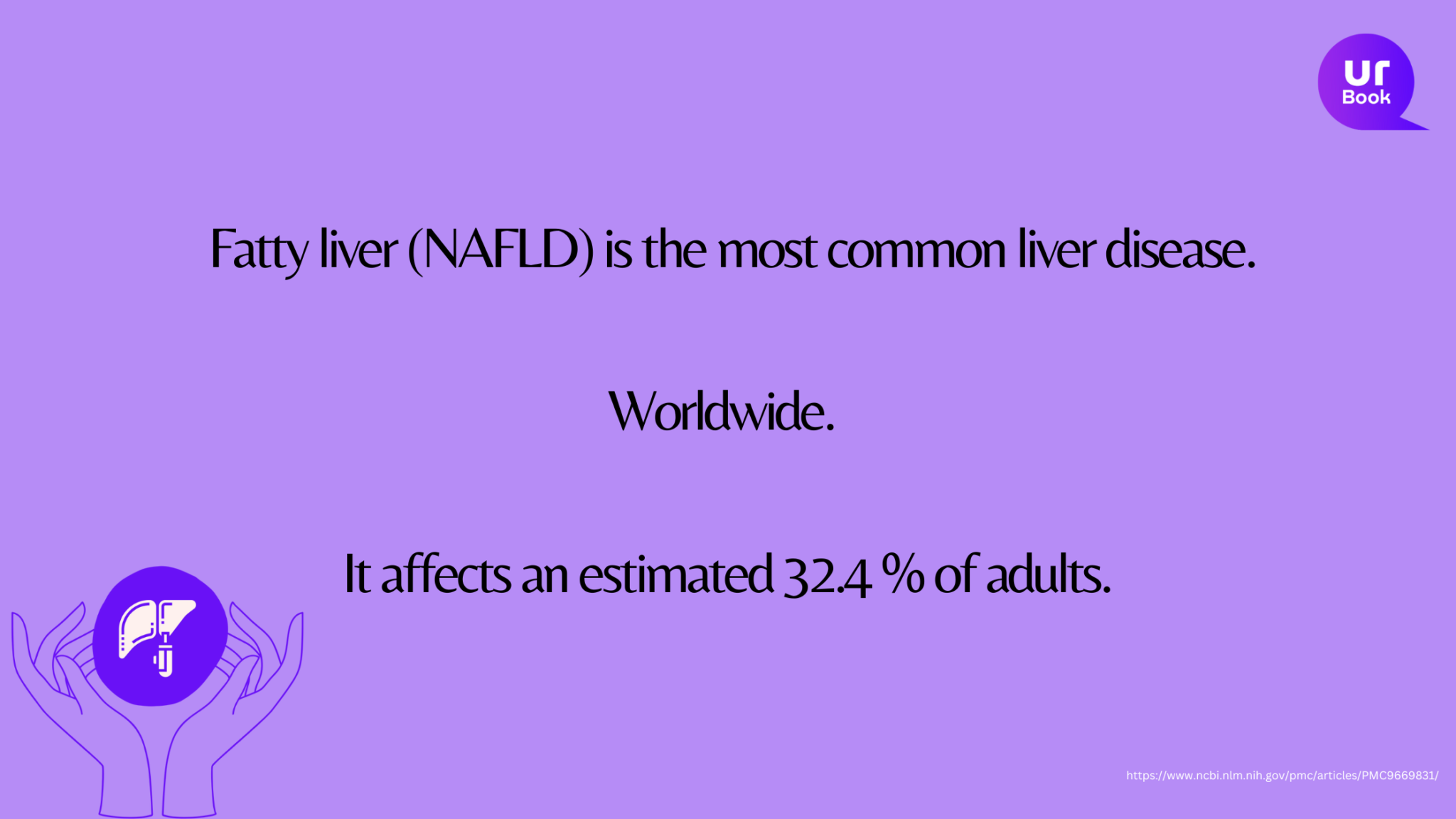
The warning signs of liver cirrhosis: don’t ignore these symptoms
Liver cirrhosis symptoms are rarely noticeable in the early stages. It’s why the disease is considered so deadly. However, as the condition progresses, signs may develop, including:
- Fatigue: Feeling tired and weak.
- Jaundice: The skin and eyes turn yellow.
- Swelling: In the legs, feet, and ankles due to a build-up of fluid in the body.
- Abdominal pain: Pain or discomfort due to liver enlargement or fluid build-up (ascites).
- Itching: Due to a build-up of bile salts in the skin.
- Bleeding: Cirrhosis can cause a build-up of pressure in the veins, which can result in bleeding from the oesophagus or stomach.
- Others: Appetite loss, weight loss, spider veins, liver spots, reddened palms, rashes, memory loss, and confusion.
The symptoms of liver cirrhosis are not enough to make a diagnosis. Blood tests like liver function checks, urine tests, ultrasounds, and scans are also needed. At times, the doctor may ask for a liver biopsy too.
How to treat liver cirrhosis: What you need to know
Liver cirrhosis treatment depends on the underlying cause. And part of it includes managing complications like bleeding and infections because they can cause further damage.
However, lifestyle changes are the key to reversing cirrhosis.
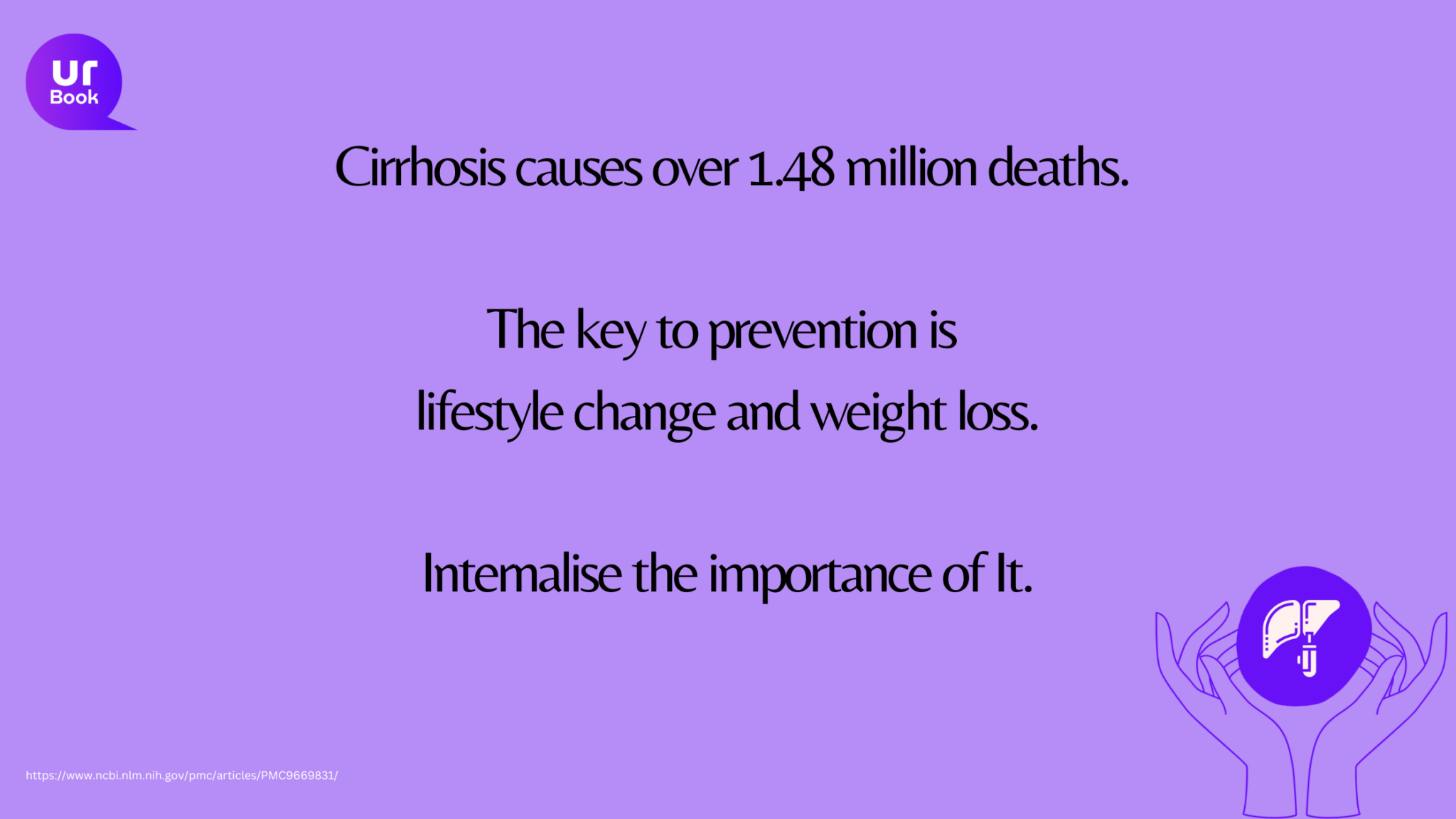
- Lifestyle changes: For those with alcoholic liver cirrhosis, stopping alcohol consumption is essential to preventing further damage.To manage the symptoms and the condition one can always opt for medically guided plans offered by QurBook.
- Eating right: Get the necessary nutrients by eating plenty of vegetables and fresh fruit. Opt for protein-filled meals and reduce your salt intake. Its advisable to consult a dietitian to have a diet that helps combat the condition. QurBook diet plans & dietitians offer a vide range of fatty liver diet plans that one can always explore.
- Medicines: Your doctor may prescribe medications to deal with the underlying cause of cirrhosis, such as antiviral medication for hepatitis or medications to reduce inflammation.
- Liver transplant: When all else fails and it’s the final liver cirrhosis stage, a liver transplant may be necessary.
Preventing liver cirrhosis: healthy habits to keep your liver healthy
Since prevention is always better than cure, here are some tips.
- Limit alcohol consumption: If you drink, do so in moderation. Men should have no more than two drinks per day, and women should have no more than one drink per day.
- Get vaccinated: Hepatitis A and B viruses can lead to cirrhosis, so get their vaccines.
- Practice safety: Hepatitis B and C can be transmitted through shared needles, sexual contact, or sharing personal items such as razors or toothbrushes with an infected person.
- Maintain a healthy weight: There is a direct connection between liver cirrhosis and your diet. A diet full of sugars, fats, and refined carbohydrates leads to obesity, which can cause non-alcoholic fatty liver disease (NAFLD). Fatty liver can eventually progress to liver cirrhosis.
So, a healthy, balanced diet plays a crucial role in preventing cirrhosis. Remember, the goal is not to deprive yourself or go hungry. It is to eat more fruits, vegetables, whole grains, and lean proteins that support liver function.
In addition, exercise regularly to keep your weight within a healthy BMI.
Living a fulfilling life with liver cirrhosis
If you suspect that you have liver cirrhosis, we urge you to seek medical attention immediately. Use the QurBook app to consult a healthcare practitioner.
Early diagnosis and treatment can help prevent further damage, improve your chances of recovery, and allow you to live a fulfilling life!
